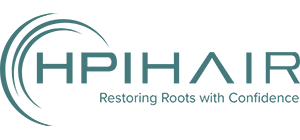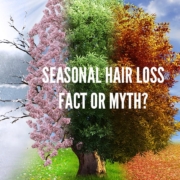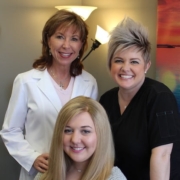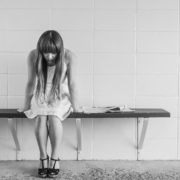Low-Level Laser Therapy Works!
Low-level laser therapy works!
Hair loss can be devastating for both men and women, it can impact their confidence and social skills. AGA – Androgenic Alopecia is the most common type of hair loss disorder across both sexes. Large percentages of 50-75% of men and women are affected by AGA as they age, 40 and over[1–3]. However, there is hope for those dealing with hair loss!
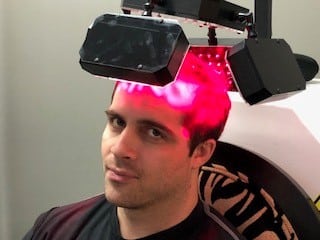
How Does Low-Level Laser Therapy (LLLT) Work?
LLLT is an approved treatment by the Food and Drug Administration (FDA), known to help increase blood circulation to the hair follicles [6]. Laser therapy has demonstrated proliferative effects in a variety of tissues and cell types, including hair follicles [7]. LLLT induces proliferation, migration, oxygenation, anti-inflammation, adhesion and transition of hair follicles from telogen (non-growing) to anagen (growing). All studies including LLLT found significantly more dense hair following treatment protocols. SUCRA (surface under the cumulative ranking) scores proved Low-Level Laser Therapy to be one of the most effective hair growth treatments, followed by scalp injections, finasteride and minoxidil [7–8].
Low-Level Laser Therapy is increasing hair density and promoting growth in both men and women, protocols are assigned by their providers. Higher quality laser devices are available in professional offices and there are also at-home devices readily available to the consumer. We suggest you still see a provider to determine the best treatment laser & treatment protocol for your individual hair loss needs.
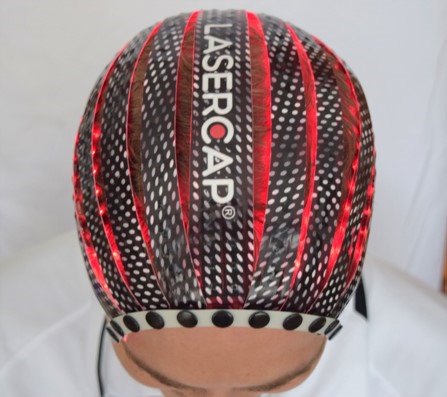
Shop Our At Home Laser Devices- CLICK Here!
- Grows new, healthy hair
- Doubles the follicle size of existing hair
- Slows down and stops hair loss
- Hands-free operation allows the user to carry out other tasks during treatment
- Suggested at home use is 30 minutes every other day
References
- Rousso DE, Kim SW (2014) A review of medical and surgical treatment options for androgenetic alopecia. JAMA Facial Plast Surg 16(6):444–450. https://doi.org/10.1001/jamafacial.2014.316
- Delaney SW, Zhang P (2018) Systematic review of low-level laser therapy for adult androgenic alopecia. J Cosmet Laser Ther 20(4): 229–236. https://doi.org/10.1080/14764172.2017.1400170
- Afifi L, Maranda EL, Zarei M, Delcanto GM, Falto-Aizpurua L, Kluijfhout WP, Jimenez JJ (2017) Low-level laser therapy as a treatment for androgenetic alopecia. Lasers Surg Med 49(1):27–39. https://doi.org/10.1002/lsm.22512
- Kalia S, Lui H (2013) Utilizing electromagnetic radiation for hair growth: a critical review of phototrichogenesis. Dermatol Clin 31(1):193–200. https://doi.org/10.1016/j.det.2012.08.018
- Gupta AK, Foley KA (2017) A critical assessment of the evidence for low-level laser therapy in the treatment of hair loss. Dermatol Surg 43(2):188–197. https://doi.org/10.1097/DSS.0000000000000904
- Nct (2017) BiRestore^ Light Therapy Apparatus. https://clinicaltrials.gov/show/nct03331003. Accessed Oct 2018
- Gupta AK, Mays RR, Dotzert MS, Versteeg SG, Shear NH, Piguet V (2018) Efficacy of non-surgical treatments for androgenetic alopecia: a systematic review and network meta-analysis. J Eur Acad Dermatol Venereol. https://doi.org/10.1111/jdv.15081
- Adil A, Godwin M (2017) The effectiveness of treatments for androgenetic alopecia: a systematic review and meta-analysis. J Am Acad Dermatol 77(1):136–141.e135. https://doi.org/10.1016/j.jaad.2017.02.054
- de Freitas LF, Hamblin MR (2016) Proposed mechanisms of photobiomodulation or low-level light therapy. IEEE J Sel Top Quantum Electron 22(3). https://doi.org/10.1109/JSTQE.2016.2561201
